How to Fix Avast Errors 42125 and 42110
Avast may show Error 42125 or 42110 during a boot-time scan when it tries to check files in important system folders like “System Volume Information” or temporary folders. Error 42125 means that a ZIP file is damaged and can’t be opened. Error 42110 means that Avast found a highly compressed file, called a “decompression bomb,” which could slow down or crash the antivirus scan.
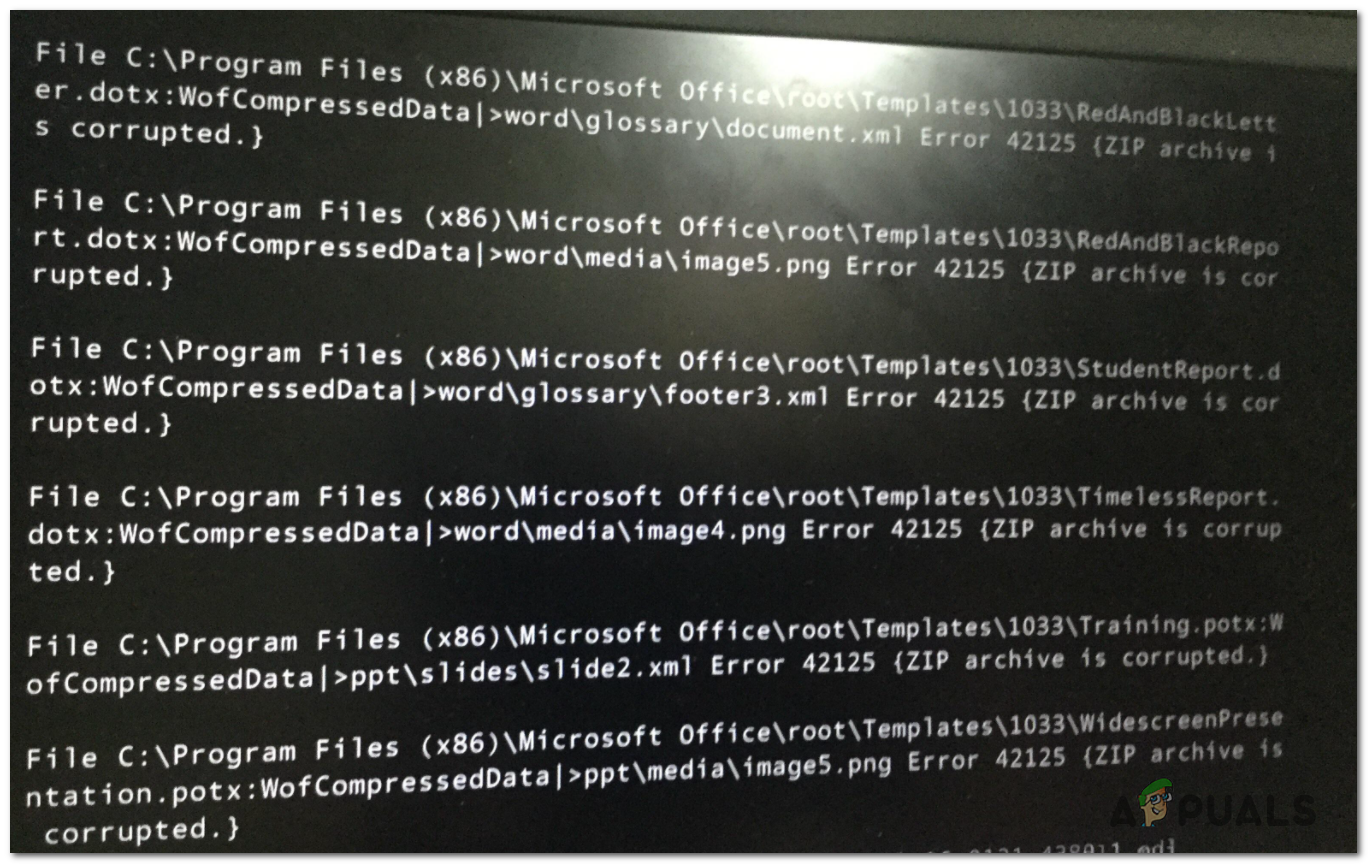
These errors usually happen because of broken restore point files, very tightly compressed archives, or leftover pieces of files in temporary folders.
1. Check for a Decompression Bomb
The main reason why you might see this error message is if Avast thinks a file being scanned is a ‘decompression bomb’ (sometimes called a zip bomb).
A ‘decompression bomb’ is an archive file (such as a RAR or ZIP) that has been compressed to a very high degree. When such a file is decompressed, it can expand to hundreds or thousands of times its original size and use up all of your computer’s memory.
These files are sometimes used in DoS (Denial-of-Service) attacks intended to overwhelm or crash antivirus programs. Most security tools recognize this risk and will refuse to scan or open suspicious archive files to protect your system.
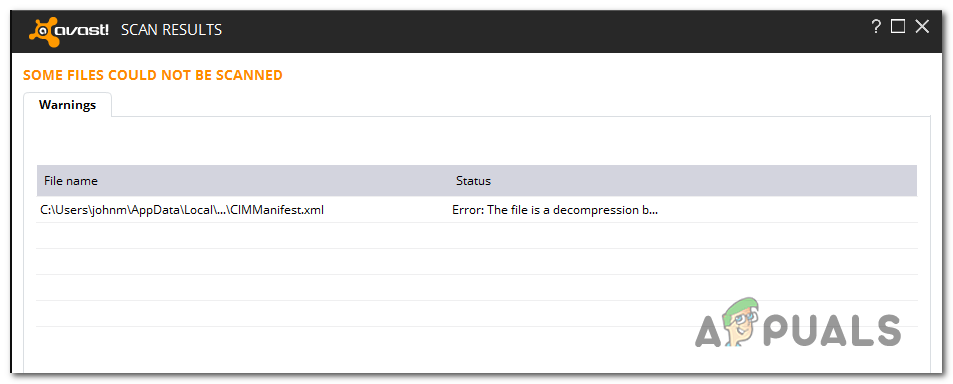
If you think this might be the case, the safest solution is to simply delete the file in question.
If you downloaded the file from an untrustworthy source, remove it immediately from your computer. Then, run another boot-time scan with Avast at your next startup.
2. Disable and Re-Enable System Restore
Another possible reason for error codes like 42110 or 42125 is corruption in the system restore files.
Thankfully, several users have reported that they were able to fix this problem by temporarily turning off System Restore, restarting their computer, and then turning System Restore back on.
If you want to try this solution, follow these steps to disable and then re-enable System Restore to resolve Avast errors 42110 and 42125:
- Press Windows key + R to bring up the Run dialog box. Type ‘sysdm.cpl’ in the box and press Enter. This will open the System Properties screen.
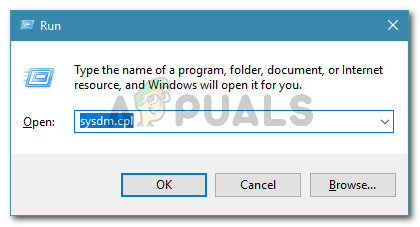
Run dialog: sysdm.cpl - Inside the System Properties window, click on the System Protection tab at the top. Then select your main drive (usually C:) and click Configure.
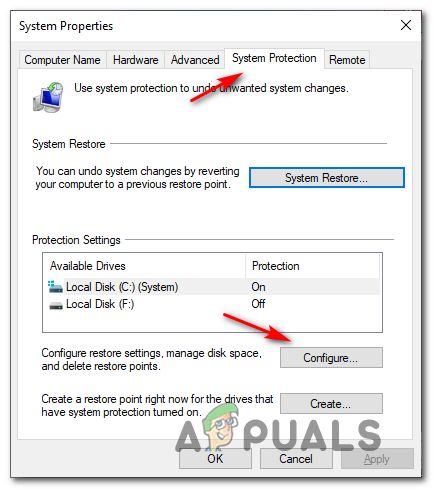
Accessing the System Protection settings - Under Restore Settings, select Disable system protection. Click Apply to save your changes.
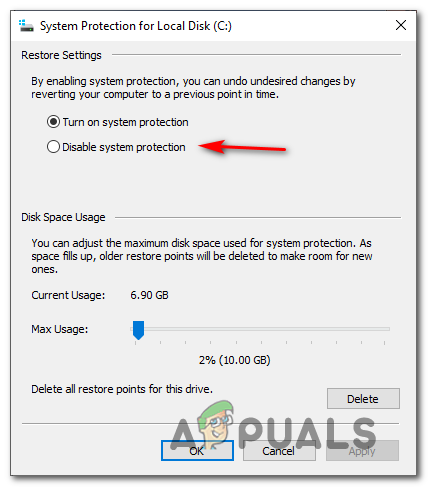
Disable the System Protection feature (System Restore) - After disabling System Restore, restart your computer and let it boot up completely.
- Once your computer has restarted, repeat the steps above to return to the System Protection menu. This time, set Restore Settings to Turn on system protection to re-enable System Restore.
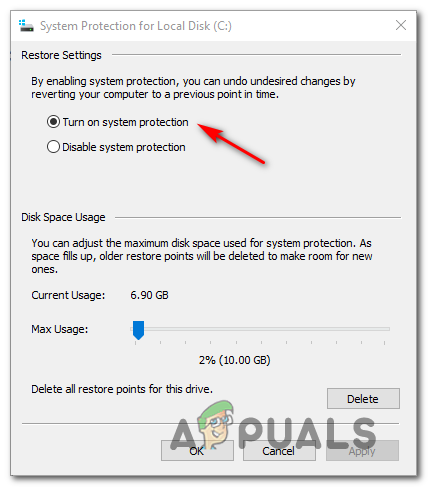
Re-enabling System Restore - Once System Restore is enabled again, run another boot scan in Avast. Check to see if the error has been resolved.




